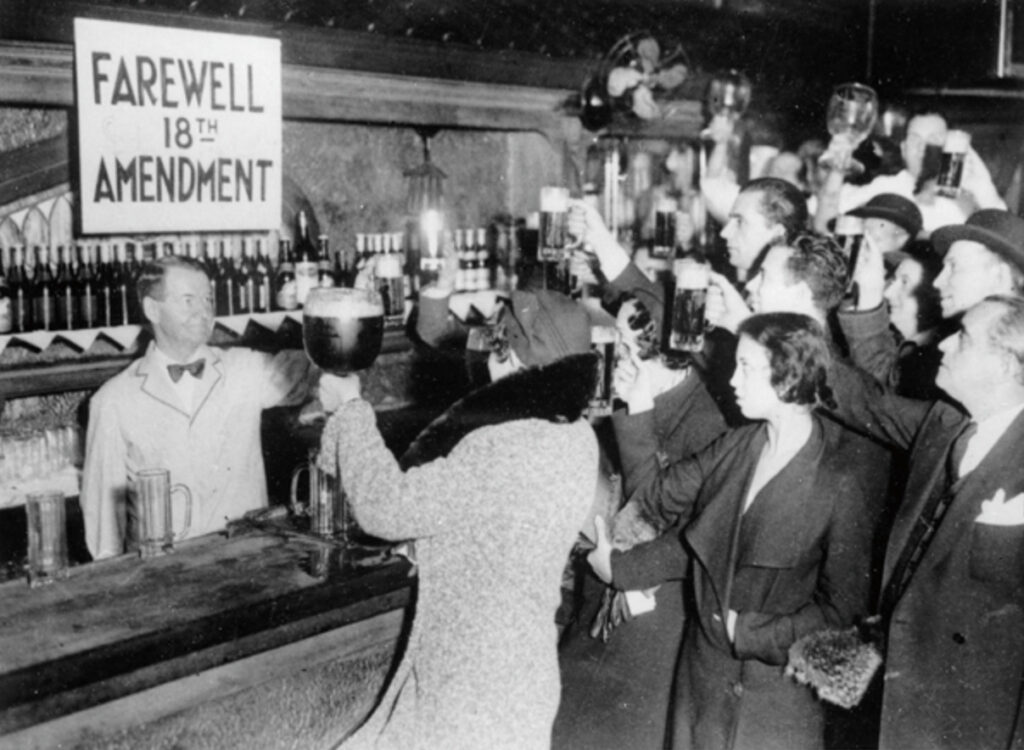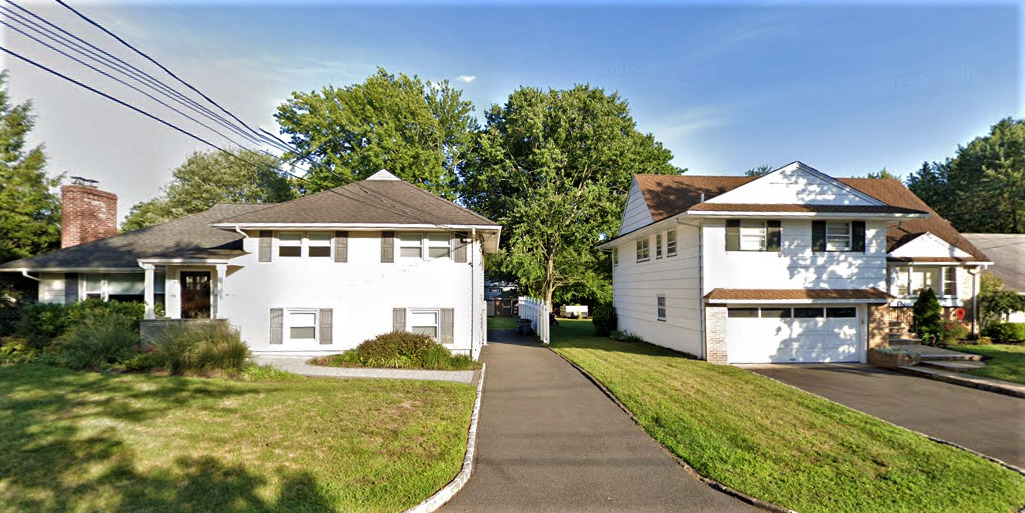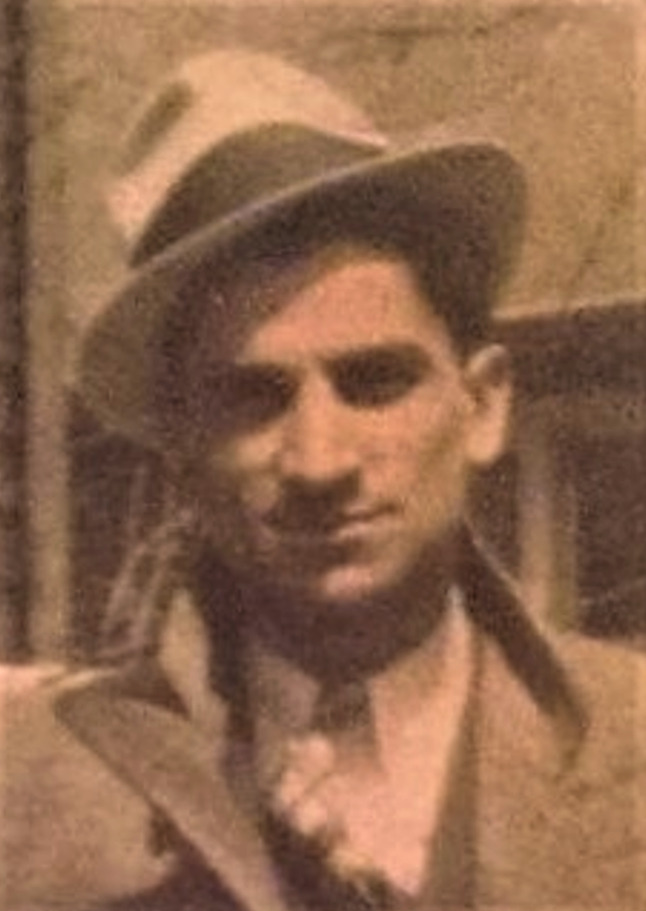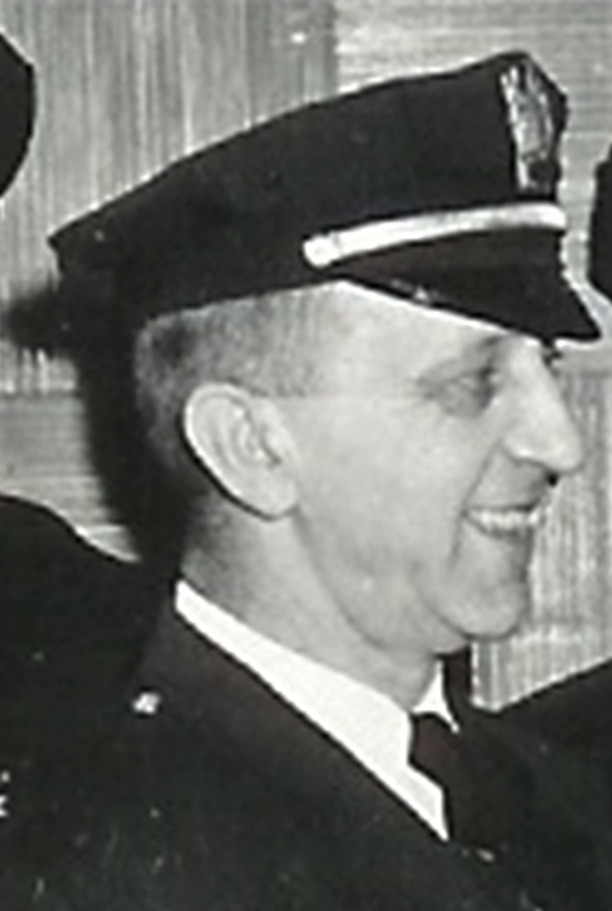
Prohibition Days – The big farmhouse raid – Part 3 of 3
Bootlegging, smuggling, speakeasies, moonshine, and bath tub gin continued to be part of the resistance to Prohibition. Kenilworth had its share of such activities.
The old Demiecke farmhouse stood off the west side of Faitoute Ave., somewhat to the rear of one and three Red Maple Ln. The farmhouse was near the Cranford border at the time.
On the afternoon of Wednesday, September 17, 1930, Kenilworth police officers George Conklin, Andrew Ruscansky, special officer Toth, and Cranford police sergeant Lawrence Bonnell, raided the farmhouse which they found deserted. It was announced that “a record haul of alleged liquor and equipment” was discovered during the raid. Among items seized were two stills – one at 250-gallons and the other 500 gallons. Authorities found a ton of sugar, 600 gallons of alcohol, and some 4,000 gallons of fermenting mash. They must have been stunned when they came across six huge vats, each with a 1,000-gallon capacity.
During the raid an argument broke out between the Kenilworth and Cranford forces as to whether the farmhouse was in Kenilworth or Cranford and therefore which town would commandeer the spoils. As the towns debated, federal agents from Newark swooped in and claimed it all. They dismantled the equipment, packed up the liquor, and transported everything to Newark.
While the feds were here, they hitched up with Kenilworth police and conducted a second raid of a speakeasy that was described as a “flourishing” oasis. The keeper of the establishment was arrested and charged with the illegal sale of intoxicating beverages. Embarrassingly, the speakeasy was located “just in back of the police station” noted the local newspaper.
Even after the Prohibition Amendment was repealed in 1933 with the passage of the 21st
Amendment, it still was illegal to privately make liquor to avoid the federal liquor tax. Stills
were still popping up around the country, including in town. One instance was a raid on Monday, March 28, 1938 back at the Kayden Chemical Co. at the end of Monroe Ave. – location of today’s Flexvan Co. Raiders found vats, copper tubing, a steam boiler, a cooking pot, and coke fuel. But federal agents and Chief George Conklin and Patrolman Edward Stupak were unable to find an actual still. The watchman was arrested.
Old timers Josephine Jones, 1918-2012, and John Caforio, 1913-2007, noted in 2005 that on occasion federal agents raided the Downtown woods in Kenilworth seeking moonshiners. Jones and Caforio laughed heartily recalling the time when federal agents got lost in the woods. Neighborhood residents had to go in to the woods, rescue the agents, and lead them out.
Research provided by Walter E. Boright, Ed. D., historian, and Historic Signs, Inc. Unless otherwise noted, local data credited to the Cranford Citizen and Chronicle newspaper archives, 1920s-1930s. Persons with inquiries about this or other aspects of Kenilworth history may contact Dr. Boright at drbori@aol.com or 908-256-5200.




